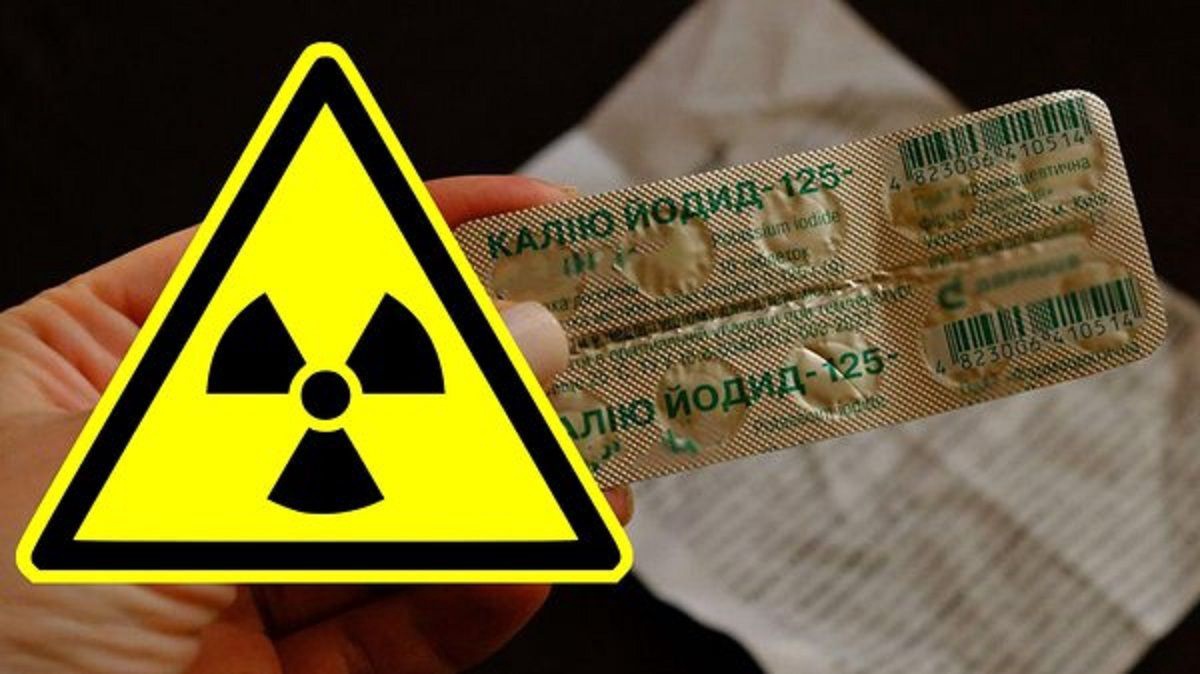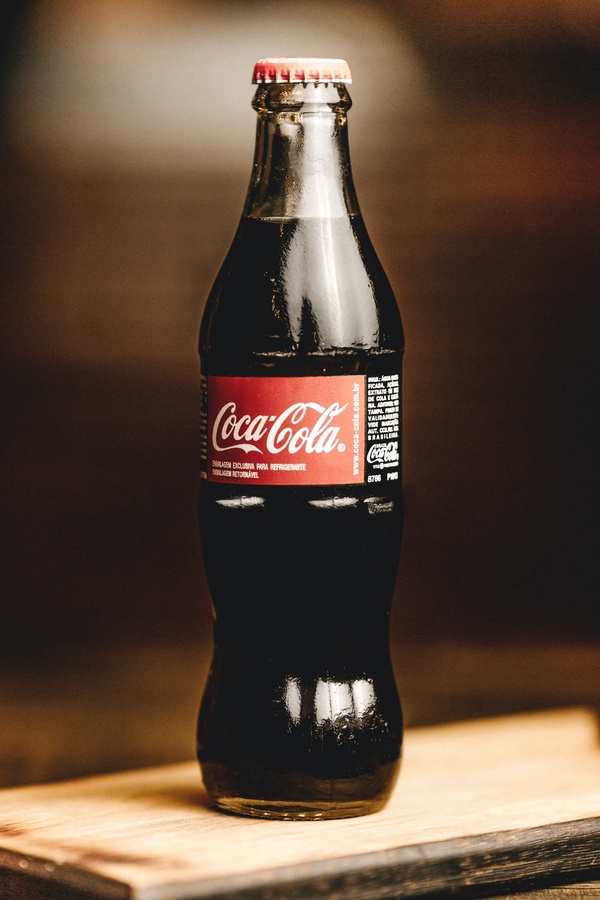What happens when you act like a fool, go out and buy iodine, and then wait for official instructions?

At first, my godfather advises me to add a few drops of iodine to my milk.
Next, the Ministry of Health writes that iodine should not be added to milk; rather, only a potassium iodide tablet should be taken, and that too, solely upon receiving official (!) instructions.
And now, the State Scientific and Technical Center for Nuclear and Radiation Safety asserts that no accident scenario at the Zaporizhzhia Nuclear Power Plant (ZNPP) necessitates iodine consumption.
What’s going on? Where should one turn and what should one consume? If you don’t understand what’s happening, we’re here to help out. Medical journalist Natalia Bushkovska will explain.
First and foremost, let’s try to comprehend the purpose of potassium iodide in principle. The truth is that radiation cannot be shielded by a single, abstract substance in the form of a pill.
Radioactive substances encompass a collective term for materials exhibiting radioactivity.
Potassium iodide is indeed necessary in a specific scenario: when there’s a release of radioactive iodine during a nuclear accident.
In such a situation, radioactive iodine can be absorbed by the thyroid gland.
This radioactive iodine will replace the normal iodine in the body, which plays a crucial role in hormone synthesis.

“Iodine prophylaxis involves saturating the thyroid gland with stable iodine to prevent the absorption of radioactive iodine isotopes and minimize exposure,” writes the Center for Radiation Safety.
In simpler terms, we need to rapidly replace it with non-radioactive iodine. Consequently, there’s no need to consume anything in advance.
Furthermore, there’s no presence of radioactive iodine at the ZNPP
The Center for Nuclear Safety provides an explanation:
“Radioactive iodine only forms when the power unit operates at full capacity, specifically when a nuclear power unit generates electricity. The last operating power unit at the Zaporizhzhia NPP was shut down in September 2022. This implies that the ZNPP units have been inactive for at least nine months and have not been generating electricity during this period.
Among the various iodine isotopes, iodine I-131 possesses the longest half-life, approximately eight days, which signifies the duration it takes for the amount of radioactive substance to decrease by half. The other radioactive iodine isotopes have even shorter half-lives. Consequently, it has been at least 34 half-lives since the ZNPP units were shut down, indicating that the activity of this iodine isotope in the last deactivated reactor at ZNPP has diminished billions of times compared to September 2022.
Therefore, iodine prophylaxis is justified only when there is a genuine risk of ingesting radioactive iodine. However, no such threat is present at the ZNPP.”
Nevertheless, we emphasize that this scenario pertains specifically to an accident at the ZNPP. It’s quite possible that preparations are being made for other scenarios where the use of potassium iodide may be appropriate in certain (!) areas, as a precautionary measure. Regardless of the circumstances, we can solely rely on official recommendations for accurate information ![]()


